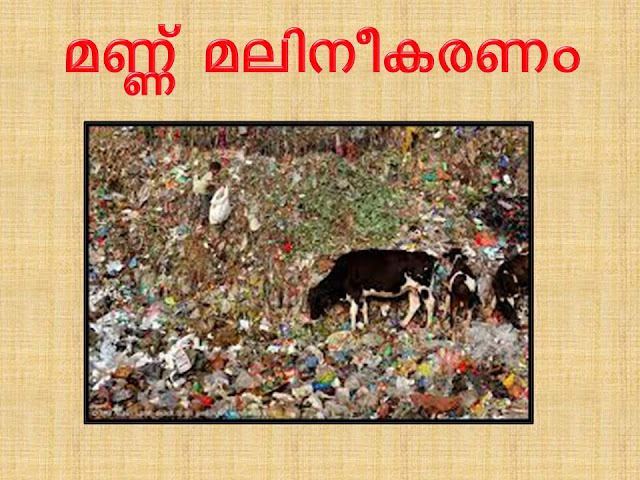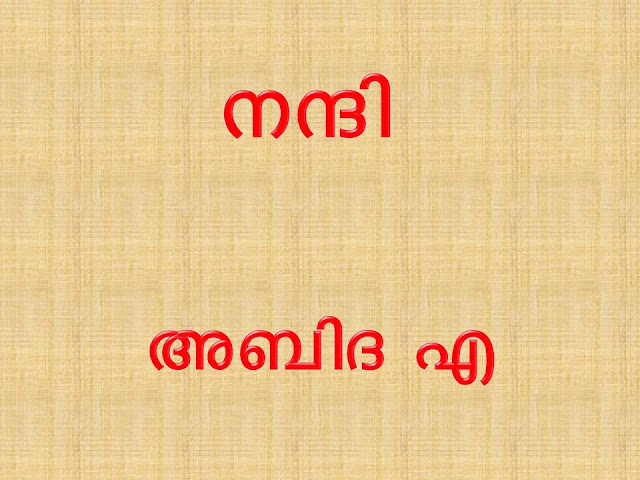My Blog
Sunday, 15 November 2015
Saturday, 31 October 2015
CONCENTRIC SPIRAL AND TOPICAL APPROACHES
SUBMITTED BY : ABIDA
OPTIONAL SUBJET : SOCIAL SCIENCE
REG.NO. :
16914387001
INTRODUCTION
Curriculum
is intimately related with all aspects of education. While education is a developmental process
towards a converted goal, curriculum is the input goal oriented direction to
that process curriculum is the plan for guiding the goal – oriented educative
process.
After
topics have been selected according to the relevant fundamental principles
described above, they have to be systematically arranged so as to facilitate
meaning full and effective transaction.
The content show be arranged in a systematic manner. In order to realize the objective it is
inevitable to organize the curriculum in the most psychological and logically
coherent manner. Different approaches
for organizing the curriculum. They are
spiral, topical, concentric, an unit approach.
Content
Different Approaches
A
discussion on the general approaches being adopted for organizing curriculum
was made earlier. The approaches are
a. Spiral
approach
b. Concentric
approach
c. Topical
approach
The
Spiral Approach
The
spiral approach is nothing but devising a strahatergi that fosters continuous un broken learning of the
subject matter of social science through the various wages of education. According to this approach, children in a
primary classes being to develop simple generalization about man carrying of
his everyday activities. They work with more and more complex items of
information and as a result deepen and reshape the dimension of the related
generalization already developed earlier for examples, it is very important
that children should know our freedom struggle in the primary classes the
information about this unit will be imparted through the life o some of the
great leaders such as Mahatma Gandhi, Jawaharlal Nehru, Balagangadhara
Thilakan, and Dr. B.R. Ambedkar. In the
middle stage the information will be imported through event the formation of he
Indian National Congress partition of Bengal, Civil Disobedience, Quit India
movement etc. In the secondary stage,
the pupils still learn to compare and contrast the freedom movement in our
country with other countries of the world and analyses them scientifically by
establishing cause effective relations.
Merits
of the Spiral Approach
Application
of this approach will make social science a subject of immediate and real
interest for the average pupil. It will
be the basis of correlating phenomena and happening with the immediate life of
humanity and for those who are more intellectual it will be the basis of which
academic insights and specialization in the discipline concerned can be
attempted.
Limitations
1. If
proper care is not taken by the curriculum farmers in gradually expending the
martial without mere repetition and if teachers do not carefully increase the
scope of study in psychologically sound and natural way, this approach may
cause monotony and lack of interest because of the repetitions of information.
2. At
the initial stage it will be difficult to give a clear picture of problem by
presenting all the relevant details and by considering it in its totality.
3. It
is difficult to develop a sense in the pupils.
Concentric
Approach
The
whole curriculum is spread over a number of years. Quite often a general treatment of almost all
the topics are attempted at the beginning and it is developed in successive
year according to the mental development of the pupil in the beginning of the pupil
in the simplified way. In the next years
more and more details of its parts are gradually added. If follows the maxims of teaching such as
form whole to part simple to complex easy to difficult etc. Among educationalists of modern times.
Bruner
is the main exponent of this approach as he thinks that discovery learning is
only possible only of this approach is maintained sometimes this approach is
referred to as concentric approach.
Concentric
Approach
Concentric
approach is continuous steps by step. 1st
Year, 2nd Year, 3rd Year, 4th Year etc. The content is studding step by step.
Topical Approach
In
this approach, selected topics of study suitable for the age ability and
interest of children are included in the curriculum and each topic is dealt
with completely in the class where it is first introduction of each topics are
linked together by the teacher with the help of link lessons for the children
of the age group 13+ (above 13) this approach is quite possible.
The
curriculum maker takes particular topics as the central theme of social science
learning at different levels of instructions.
At each stage the topics vary in accordance with the ability and
interests of the children. In the
primary classes, the child may start the study of the development of concrete
and familiar thing such as food, clothing, shelter and means of
transportation. In the middle classes,
he may be introduced to more important and more difficult topics like history
of instructions and of government. In
the secondary classes the student may be provided with ideas about ideologies
like communism, socialism capitalism etc.
In
this approach, we can deal with all the aspects of a problem and give an
overall view of that particular problem.
Merits
of Topical Approach
1. This
approach provides an action plan for dealing with vast material in a logical
and rational way. It helps the pupils to
understand the facts of their developmental setting.
2. This
approach can be adapted according to the age ability and aptitude of the children.
3. It
imparts a sense of purpose to the pupils because of the total perception
attempted.
4. This
approach enables the teacher to control the subject matter and adapt it to the
varying needs of the children
Limitations
1. It
destroys the continuity of subject matter
2. Since
may aspects involved in a topic may be beyond the cognitive competencies of
pupils in lower classes a complete study of the topic will not be possible
because of the above reason.
Generally
speaking, when a topic is complex and very large and involve units posing
varied levels of difficulty ti will be advisable to have the unit
approach. The only thing is that care
should be taken to effectively link all the units of the same topics as and
when opportunities arise.
Conclusion
There
are several approaches to the curriculum development. They vary in their major focus. Concentric and spiral curriculum is concerned
with the mental development of pupil.
After topic have been selected according to the relevant fundamental
principles described above, they have to be systematically arranged so as to
facilitate meaningful and effective transaction. The content should be arranged in a systematic
manner.
References
v Methodology
of teaching and pedagogical analysis D.K.Sivarajan
v www.wikipedia.com
v the
structure of social stratification in CIS, Allign and Bacon
v Social
Science Education – Dr. A. Antony
v Educational
Technology – Dr. Vanaja
Subscribe to:
Comments (Atom)








































